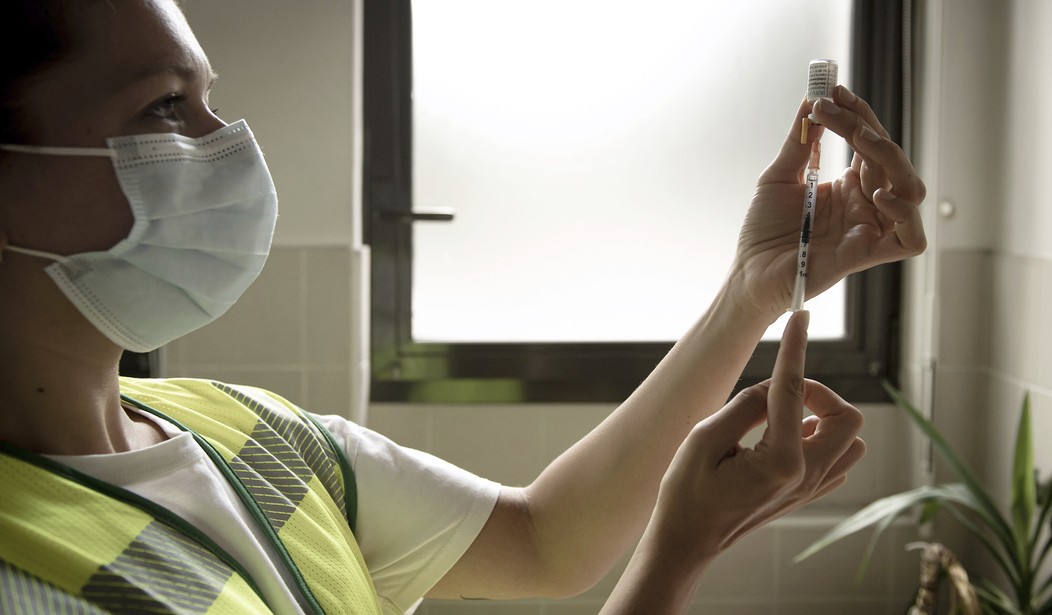The U.S. Centers for Disease Control and Prevention is now at odds with the World Health Organization over COVID-19 vaccines.
According to an updated guidance posted last week on the WHO website, healthy children and teens don’t likely need to get the jabs—a recommendation based off a new revised roadmap for COVID vaccinations.
Groups are now categorized as low, medium, and high based on who has the “greatest risk of death and severe disease.” Other factors such as “vaccine performance, cost-effectiveness, programmatic factors and community acceptance,” are also considered. Healthy children between 6 months and 17 years old are now considered low.
The low priority group includes healthy children and adolescents aged 6 months to 17 years. Primary and booster doses are safe and effective in children and adolescents. However, considering the low burden of disease, SAGE urges countries considering vaccination of this age group to base their decisions on contextual factors, such as the disease burden, cost effectiveness, and other health or programmatic priorities and opportunity costs.
The public health impact of vaccinating healthy children and adolescents is comparatively much lower than the established benefits of traditional essential vaccines for children – such as the rotavirus, measles, and pneumococcal conjugate vaccines – and of COVID-19 vaccines for high and medium priority groups. Children with immunocompromising conditions and comorbidities do face a higher risk of severe COVID-19, so are included in the high and medium priority groups respectively. (WHO)
Recommended
Last month, the CDC added the COVID-19 vaccines to the child and adolescent immunization schedule, recommending that children between 6 months and 18 years old receive two primary series doses and then a booster for some older children.

























Join the conversation as a VIP Member